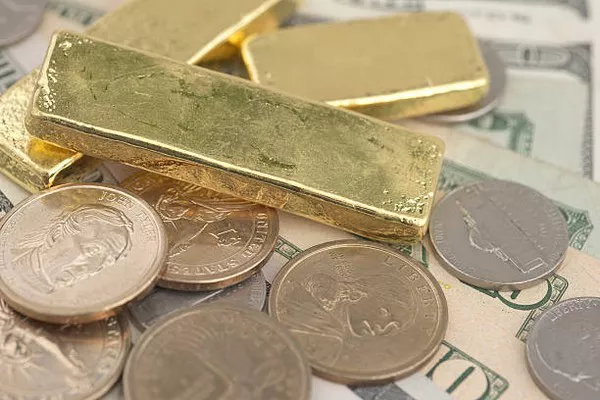Historically, U.S. elections have had a notable impact on financial markets, particularly on the U.S. dollar and gold, according to Matt Weller, Global Head of Research at Forex.com. Weller’s analysis highlights how the U.S. dollar typically strengthens under Democratic presidents, while gold experiences its most significant gains and losses between election day and inauguration.
Weller notes that major elections often prompt uncertainty as markets await potential shifts in laws, domestic policies, and international relations. “Once an election is decided, traders have a clearer picture of the future and feel more comfortable with the reduced uncertainty,” Weller explained.
While political outcomes alone rarely dictate long-term currency movements, factors such as interest rates, trade balances, and capital flows play a bigger role. However, Weller points out that data from the last few decades reveal some interesting patterns. The U.S. Dollar Index has shown a tendency to fall during Republican presidencies and rise during Democratic ones, with examples stretching back to George H.W. Bush’s presidency.
Weller also references a study from Review of Financial Economics that suggests Republican presidencies often start with a strong dollar that depreciates over time, whereas Democratic presidencies begin with a weak dollar that tends to appreciate.
Shifting to stock markets, Weller highlights that the S&P 500 generally performs well, regardless of the party in power. “Broad stock market indices like the S&P 500 usually rise no matter who occupies the Oval Office,” he said, pointing to consistent gains since 1961, with only Richard Nixon and George W. Bush’s terms being exceptions.
Weller further explains a theory around the “4-year Presidential Cycle,” where stock market returns tend to be weaker in the first half of a president’s term, but rally in the latter half as presidents refocus on economic priorities before re-election efforts.
The composition of Congress also influences stock market performance, with the best returns historically occurring under divided governments, where opposing parties control different chambers. This balance often leads to policy compromises, which markets tend to favor.
When it comes to gold, the relationship between U.S. elections and its price is less predictable. Gold has rallied strongly under both parties in past decades but experiences the most volatility between election day and inauguration. According to a study by the U.S. Money Reserve, gold tends to increase following Democratic wins (+1.5% on average) but declines following Republican victories (-5.5%).
Weller concludes by emphasizing that while historical data can offer insight, it’s crucial to avoid over-relying on such trends when making market decisions. “Elections can introduce volatility, but their impact on markets is often overstated,” he said. “The broader economic context ultimately plays a larger role in shaping the direction of financial assets.”
In summary, Weller advises caution, highlighting that markets react not only to political shifts but to broader economic forces that transcend party lines.


